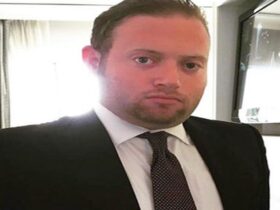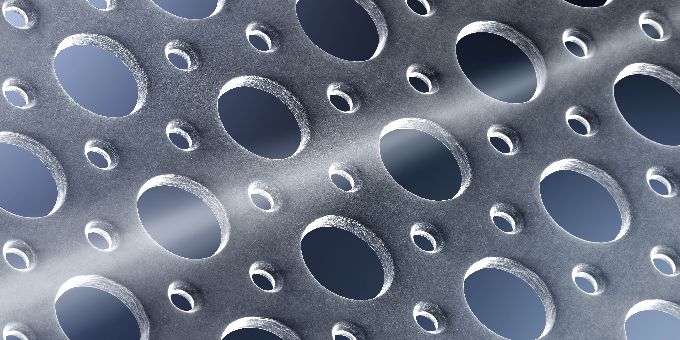Photo etching is also a photochemical milling procedure and is usually used to fabricate sheet metal components and is an alternative to laser cutting. The photochemical etching services and processes first appeared in the early days of the circuit board industry. It has grown in popularity since its inception in 1960 and has continued to do so over the years. This business was created to deal with materials ranging in thickness from 0.0005 to 0.080 inches. Aside from inches, it can also handle metals ranging from 0.013 to 2.032 millimetres.
It can also be made of aluminium, steel, brass, nickel, and silver. Aside from thin metal parts, photo etching can bake items such as heat sinks, sensors, springs, and jewellery.
Benefits of photo etching services over other methods
- Helps with laser cutting
Photo etching materials typically have high-powered lasers and refined optics, which are generally effective in cutting fabrics. The benefit of laser cutting is that there is no direct contact between the equipment and the material, lessening the risk of haphazard cutting or marking. The only drawback that this procedure has is that it’s very costly but only when it comes to small-volume production. Laser cutting is also expensive in mass production, and most parts are challenging to make simultaneously.
- Metal stamping
For metal stamping, a small sheet of paper is usually inserted into a stamping press. Afterwards, the sheet is formed into the shape you want with the help of a tool and a die surface. Even if the equipment is expensive, they function pretty well regarding miniaturisation. Even if this is so, chemical etching is ultra-precise and is also more inexpensive and less time-consuming. Regarding stamping, the process can take 6-8 weeks to prepare, while photo etching tooling can take a matter of hours to generate.
- EDM
EDM stands for electrical discharge machining, and for this procedure to work out, a part is generated by doing away with materials using sparks or powerful electrical clearances. EDM is as affordable as a photo etching, but it’s great for small productions. Etching, on the other hand, is quite expensive when producing large-scale industrial products.
- CNC machining
CNC stands for computer numerical control machining, and it typically requires a considerable investment so it could be able to produce products. With CNC machining, the production of small products is not expensive, even when a high volume of development needs to be processed. However, long-term costs are higher than chemical etching. The benefit of photo chemical etching is that it produces multiple parts without the need for extra tools.
- Water jetting
When high-pressure jets are mixed with abrasives, they can cut different materials when focused into a narrow beam, including metal. The operation costs are also prohibitive as well, and the best option to use is the chemical etching process as it is very affordable and It can also produce large amounts of products.
Conclusion
Photo chemical etching is more advantageous compared to other methods, as we have seen above.










